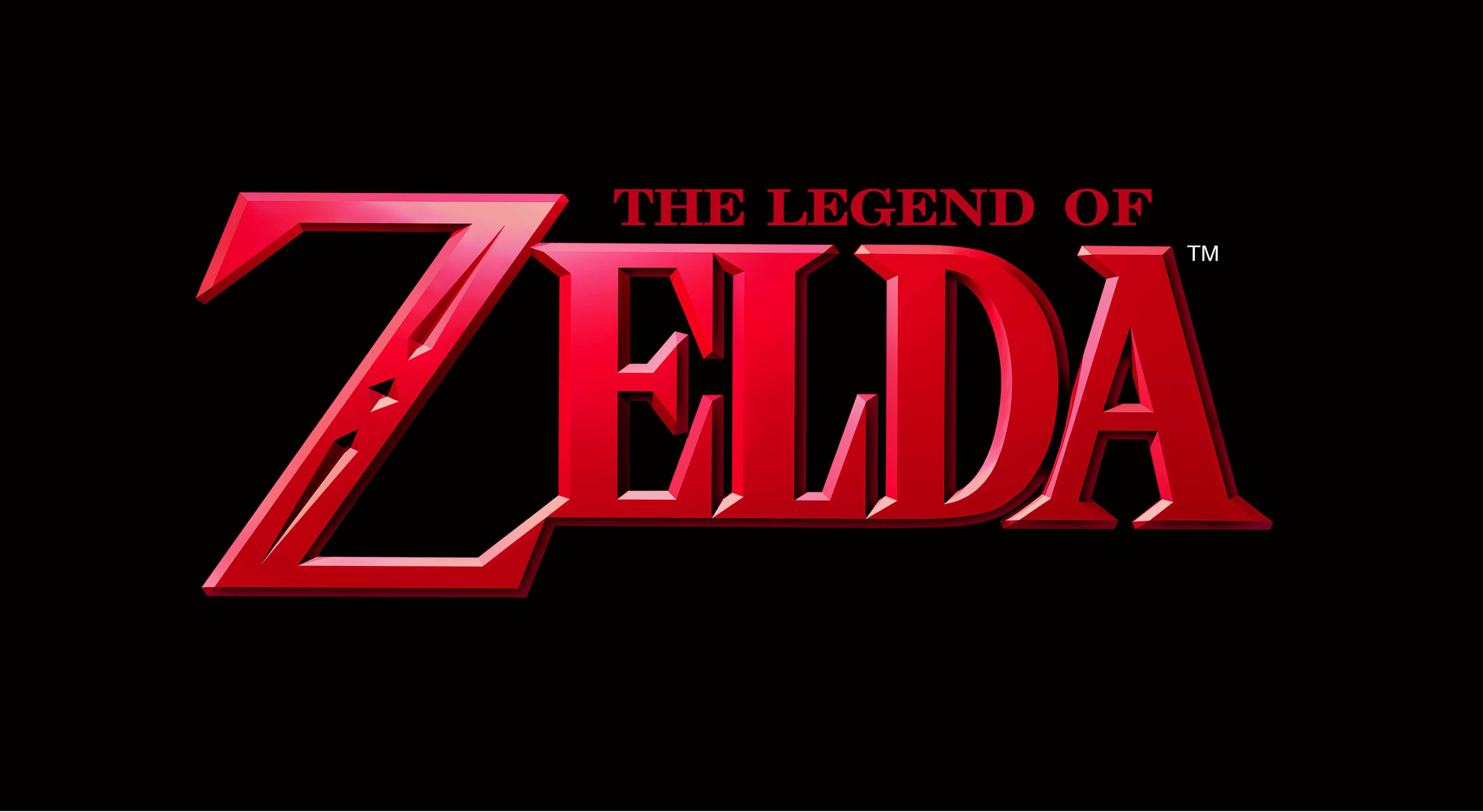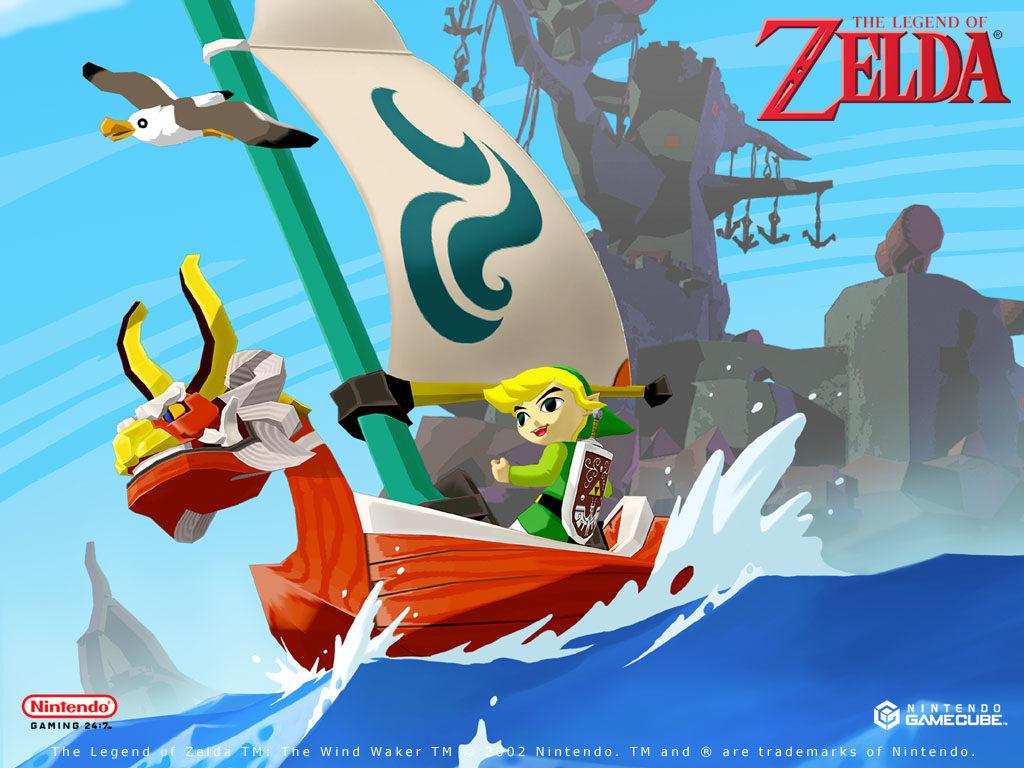
With The Legend of Zelda: Breath of the Wild’s arrival, I thought it would be a good idea to look back at the series’ other console titles and how I think they rank from great to the greatest.
The Legend of Zelda began in the late 80s with a self-titled, top-down, pixelated adventure released on the Famicom in Japan, and a year later for the Nintendo Entertainment System (otherwise referred to as the NES) in North America. The game featured protagonist Link (or whatever you so chose to name him) and his quest to receive the three Tri-Force pieces. These pieces along with the dungeons and open world would later become a staple for the rest of the games in the series. The first game created the foundation for what would be one of Nintendo’s most popular series ever, spawning 18 sequels, three timelines and enough extra content to spend a lifetime on. Here are what I believe to be the top 5 console titles for The Legend of Zelda.

5. The Legend of Zelda: Skyward Sword
In 2011, Zelda’s 25th anniversary year, the Zelda team came out with the first console Zelda game exclusively for the Wii. The Legend of Zelda: Skyward Sword was to be the first game chronologically in the story acting as a prequel to later games. Its graphics were standard Wii graphics, with a pleasant mix of cel-shading and an almost painting-like quality. The characters were rich with whimsical dialogue and colorful designs. This is one of the few Zelda games where the titular character is allowed to have more personality outside of simply being a princess. And ensemble characters like Groose and the many inhabitants of Skyloft added color to the game. The game’s main flaw is the controls. Skyward Sword, required WiiMotionPlus, a specific type of controller that cost extra money (a small sum, but a sum nonetheless.) The controller is supposed to be more sensitive than a regular Wii controller, with the capacity to detect movement more accurately. This is where Skyward Sword suffered a bit. The controls, for some reason or another, didn’t translate well within the game itself. Link’s sword felt clunky to move. Having to buy the extra accessory for your controller is just another expense to add on to the game for something that didn’t add much to the overall experience. However, this didn’t make the game anything less than great, and it will be remembered fondly by Zelda fans both old and new.

4. The Legend of Zelda: Ocarina of Time
The Legend of Zelda: Ocarina of Time is the Zelda team’s first foray into the big, bad world of consoles and boy did they get it right. Ocarina, is, and always will be, a fan favorite in the Zelda community. Coming out in 1998, for many it is the first Zelda game we played. The clunky polygons and saturated landscapes were enough to enrapture our tiny minds and permanently cement Ocarina as one of the best games ever. But the best Zelda game ever? I disagree. While Ocarina is revolutionary at the time, looking back at it now requires you to really try and take off those nostalgia goggles and see the game for what it is. Hindsight is 20/20 obviously and maybe applying our standards now to a game made back in the 90s is unfair. Later on in the list we’ll stand it up to another Zelda game made in the time period in which I believe the fundamentals of the series shine through there. Back to Ocarina however, the quests and dungeons are unique and fun, each presenting different challenges. The gameplay felt like it hit a bit of a lull though, about halfway through the game. Of course, they can’t switch up the formula in an experimental game like Ocarina, but I found myself rolling my eyes at the monotony of some of the quest-lines. The ending is strong, however, and, despite their blocky heads and pixelated eyes, the characters and dialogue push “Ocarina,” a cut above.

3. The Legend of Zelda: Twilight Princess
Just a few short months after the release of Okami, a game in which you played as a goddess wolf armed with a paintbrush, The Legend of Zelda: Twilight Princess released. What’s the relation? Well, Okami is not the only game in 2006 where the player took the reigns as a wolf. Twilight Princess allowed players to control Link, both as a human and as a wolf. If Ocarina is Zelda’s star-child, then Twilight Princess is Zelda’s moody teen. The game is darker, not only in content, but also in shade. The colors were muted, the characters given more realistic features and expression. The plotline is dark in a way that only Zelda could make gentle enough for kids to handle. It is the first Zelda game that looked real–real as a Zelda game could look anyways, with fish people and rock people galore. Twilight Princess released on both GameCube and the Wii, acting as a launch title for the latter, and received an HD remaster for the WiiU just last year. Twilight Princess is my favorite Zelda game. I don’t think it’s the greatest Zelda game, but it will always be special to me. The dungeons were all unique in design, and the newer graphics allowed for expressions that really let the characters emote and feel alive. My only complaint resides within one of the most important facets of a Zelda game: the bosses. From the first dungeon boss to your showdown with the game’s “first” villain, I felt really disappointed in the experiences. The bosses were mostly reiterations of bosses from other Zelda games, just dressed up differently. There are one or two standouts, but the rest remain forgettable in my mind. This is not even mentioning that the villain you’ve spent all of the game trying to get to is finished off in a rather quick, rather anticlimactic fight. Putting all of that aside however, I still think Twilight Princess belongs in the number three spot on this list, as what it lacks in bosses it makes up for in pretty much everything else.

2. The Legend of Zelda: Wind Waker
The Legend of Zelda: Wind Waker, is the reason that people say things like “cel-shading makes your video game ageless.” When you pop in Wind Waker to play you wouldn’t be able to tell if the game came out in 2003 or 2013 (It was 2003, if you were wondering). It is the first Zelda game after the polygonal Ocarina of Time and Majora’s Mask, and it used the art of cel-shading to give the game a cartoon-ish, whimsical feel to it. Skyward Sword used this as well in the future, but that it mixed with a variety of styles, whereas Wind Waker relied solely on this technique. It was new and interesting, and it let the game be a treat for your eyes. The oversaturation of color made everything pop while even Link himself was toon-ified to fit the aesthetic. The title innovated in other departments as well such as featuring a Link with a family, having an open sea instead of fields and just generally allowing the game to be a fun romp through different islands scattered across the open world. Wind Waker paved the way for other Zelda games to break away from the standard formula and to try something a little new. I have very few complaints with the game, as I think it is one of the few Zelda games with little to pick at. I wish it were longer, and I wish I could play more of it, but the game feels short. They pad the time with collecting quests and plenty of side-quests, so you’ll never be short on those. The game’s heart lies in its atmosphere, and the more you allow yourself to be soaked up in it, the more fun you will have with Wind Waker.

1.The Legend of Zelda: Majora’s Mask
Standing as the black sheep of the family, The Legend of Zelda: Majora’s Mask acted as a direct sequel to Ocarina. It featured the same Link, the same Epona, the same everything. Well…the same everything except in a different universe. In Ocarina there was “Hyrule,” in “Majora” there is “Termina.” Link is transported there after an incident with the main villain, and the rest of the game utilizes features involving transportation, time travel and even an ocarina song or two, just for old time’s sake. Majora has so much to offer as a Zelda game. The story is dark and dire, enough to make anybody feel the weight of it. The world is ending in three days. The monstrosity of the moon (a childhood nightmare if I’ve ever seen one) will come crashing down onto Termina to destroy everything. You have to stop it. It’s enough to make anyone pause. ‘Wait, that’s a Zelda game?’ Yes, yes it is. However, amidst all this darkness there is laughter and light. You can participate in a side-quest where you can reunite two lovers so that they may be truly happen. Also in the game, a side-quest to stop aliens from stealing all of the cows from the local ranch. Yes, Majora was the odd one of the bunch, but that’s what makes it such a wonderful game. It was special and different in a time when Zelda games didn’t stray from that pre-made formula. But this one did, and it will forever be the best Zelda game in my eyes for it.